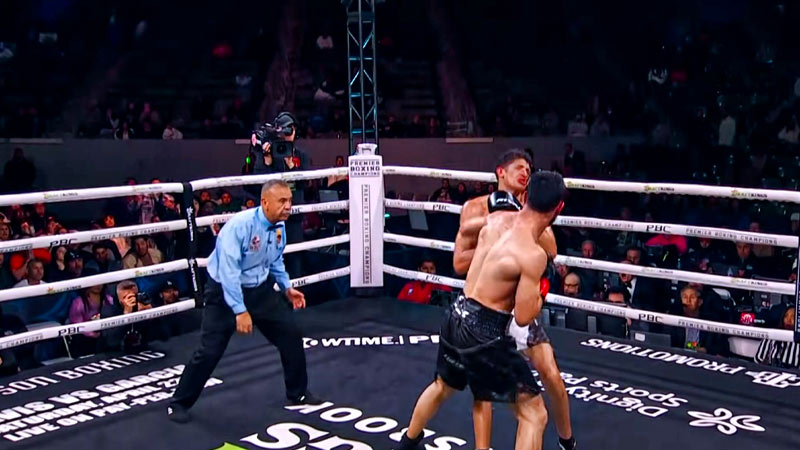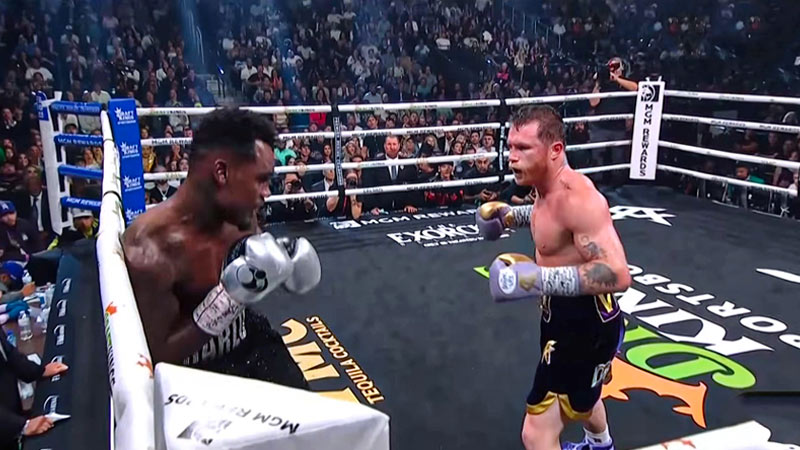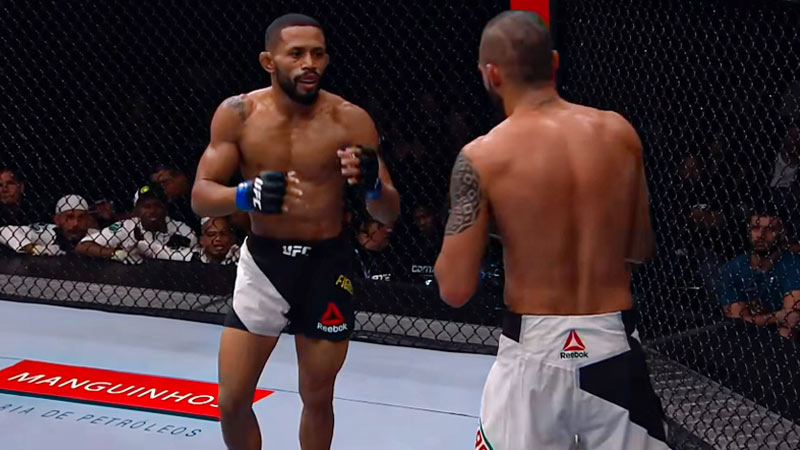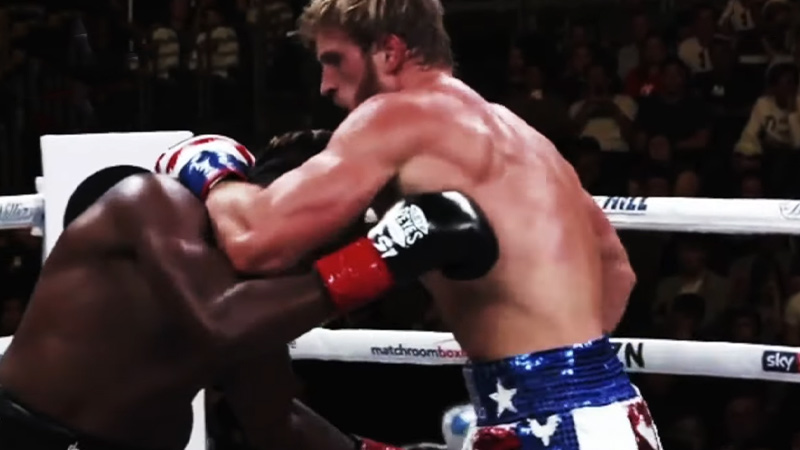“Is Boxing a Dying Sport?” This question has been circulating in the sports world for quite some time.
Boxing, once the darling of combat sports, has seen its fortunes ebb and flow over the years.
In this blog post, we delve into the intricacies of this debate, exploring the challenges and triumphs that have shaped the sport’s modern landscape.
From the glory days of Muhammad Ali and Mike Tyson to the present, boxing has evolved in response to changing times.
We’ll examine the factors contributing to the perception of its decline, including competition from MMA, safety concerns, and organizational issues.
We’ll also highlight the sport’s resilience and continued relevance, discussing efforts to regain popularity and the enduring appeal of its charismatic stars and legendary rivalries. Stay sharp.
Basics of Heavyweight Boxing
Heavyweight boxing is the pinnacle of professional boxing, featuring fighters who typically weigh over 200 pounds (91 kg).
These elite athletes aim to knock out their opponents or secure a decision victory through skill and power. Heavyweights are known for their strength, endurance, and ability to absorb punishment.
The most famous heavyweight boxers include legends like Muhammad Ali, Mike Tyson, and Lennox Lewis. Matches are typically scheduled for 12 rounds, each lasting 3 minutes, with a one-minute break between rounds.
The ultimate goal is to land clean punches, particularly on the opponent’s head or body, to accumulate points and potentially secure a knockout.
Heavyweight boxing has a rich history and remains one of the most captivating and celebrated divisions in the sport, with fights that can become iconic sporting moments.
Is Boxing a Dying Sport?
Boxing is not a dying sport, but its popularity has fluctuated over the years.
While it may not be as dominant as it was in the mid-20th century, it still has a dedicated following and continues to produce globally recognized stars.
Several factors contribute to the perception that boxing’s popularity has waned:
Competition From Other Combat Sports
Mixed martial arts (MMA) has gained significant popularity and taken some viewership away from traditional boxing.
Organizational Issues
Boxing has been marred by multiple sanctioning bodies, leading to numerous world champions in the same weight class and confusion among fans.
Safety Concerns
Concerns about the long-term health and safety of boxers have led to calls for better regulations and safety measures.
Lack of Charismatic Stars
Boxing has periodically lacked the charismatic personalities that can capture the public’s imagination and generate widespread interest.
However, boxing continues to thrive in various regions and among devoted fans.
High-profile bouts, such as those featuring boxers like Canelo Alvarez and Tyson Fury, can still generate significant attention and revenue.
The Glory Days of Boxing

The glory days of boxing are often considered to be the mid-20th century, a period when the sport was at its zenith in terms of popularity and cultural significance.
Here are some key points that defined this golden era of boxing:
Iconic Fighters
The era featured legendary fighters like Muhammad Ali, Joe Louis, Sugar Ray Robinson, and Rocky Marciano, who became household names.
Their charisma, athleticism, and rivalries captured the imagination of the public and transcended the sport.
Global Appeal
Boxing had a truly international reach during this time. Iconic bouts, such as the “Fight of the Century” between Muhammad Ali and Joe Frazier, drew global audiences and showcased the sport’s worldwide appeal.
Epic Rivalries
The era witnessed some of the most unforgettable rivalries in boxing history.
The battles between Ali and Frazier, as well as the epic series between Sugar Ray Robinson and Jake LaMotta, became the stuff of legend and drew innumerable fans.
Social and Cultural Impact
Boxing had a profound impact on society and culture during this period.
Fighters like Muhammad Ali used their platforms to address social and political issues, making them cultural icons who went beyond the confines of the boxing ring.
Heavyweight Dominance
The heavyweight division, in particular, was dominant. The title of “World Heavyweight Champion” held immense prestige, and heavyweights like Joe Louis held record-breaking title reigns, further elevating the division’s status.
These glory days of boxing not only brought the sport to the forefront of popular culture but also left an indelible mark on history, contributing to its enduring appeal and iconic status.
Challenges Faced by Boxing

Boxing faces various challenges in the modern era, which have impacted its popularity and relevance. Here are some key challenges:
Decline in Popularity
Boxing has faced competition from other combat sports, most notably mixed martial arts (MMA), which has grown in popularity over the past few decades.
This has led to a decline in boxing’s viewership and fan base, particularly among younger generations.
Safety Concerns
The sport has long been criticized for its potential health risks, including traumatic brain injuries.
The safety of boxers has become a major concern, leading to calls for stricter regulations and medical monitoring to ensure the well-being of fighters.
Fragmented Landscape
Boxing’s governing structure is highly fragmented, with numerous sanctioning bodies recognizing multiple world champions in the same weight class.
This lack of unity can confuse fans, devalue titles, and make it challenging to organize meaningful championship fights.
Lack of Superstars
Boxing has struggled to produce global superstars on the same scale as past legends like Muhammad Ali or Mike Tyson.
The absence of charismatic and transcendent figures has limited the sport’s ability to capture mainstream attention.
Marketing and Promotion
Successful promotion is critical to the success of a boxer and the sport as a whole.
The lack of effective marketing and promotional efforts has hindered boxing’s ability to build stars and attract sponsors and viewers.
Addressing these challenges requires concerted efforts from the boxing community, including improved safety measures, better promotion, and a unified approach to championships
The Rise of MMA

The rise of Mixed Martial Arts (MMA) has been a notable trend in combat sports, with several key factors contributing to its popularity:
Versatility and Excitement
MMA combines various fighting disciplines, including striking (e.g., boxing, Muay Thai) and grappling (e.g., Brazilian Jiu-Jitsu, wrestling).
This diverse skill set makes MMA contests highly dynamic, with fighters capable of winning through a variety of techniques, such as knockouts, submissions, and decision victories.
This versatility and unpredictability have made MMA more exciting for many fans.
UFC Dominance
The Ultimate Fighting Championship (UFC) has been the premier organization in MMA, and its successful marketing and promotion have propelled the sport to new heights.
The UFC has produced numerous household names and has secured lucrative television deals, expanding the sport’s reach.
International Appeal
MMA has a global appeal, with fighters coming from various countries and backgrounds.
This diversity has helped the sport gain a broad international following, making it accessible and relatable to audiences around the world.
Cross-Promotion and Crossover Stars
MMA has benefited from crossover stars like Conor McGregor and Ronda Rousey, who gained recognition well beyond the sport.
This crossover appeal has drawn more attention to MMA and introduced new fans to the sport.
The Growth of Women’s MMA
The inclusion of women’s divisions in MMA, led by fighters like Ronda Rousey and Amanda Nunes, has contributed significantly to the sport’s rise.
Women’s MMA has gained recognition, respect, and a dedicated fan base, further expanding the sport’s appeal.
MMA’s ascent has led to increased viewership, larger paydays for fighters, and a prominent position in the world of combat sports.
Where to Get World Boxing News?
If you’re looking for the latest world boxing news, there are several reputable sources and platforms to keep you updated:
Boxing News Websites
- BoxingScene.com: BoxingScene is a popular website that provides comprehensive coverage of the boxing world, including news, interviews, analysis, and rankings.
- ESPN Boxing: ESPN’s boxing section offers up-to-date news, live event coverage, and analysis from their team of boxing experts.
- Boxing News 24: This site covers breaking news, fight previews, and reviews, as well as opinions and features related to the sport.
Social Media
- Twitter: Many boxing journalists, promoters, and fighters themselves are active on Twitter, sharing news, updates, and insights. You can follow their accounts to stay informed in real-time.
- Instagram: Several boxing-related Instagram accounts post news, behind-the-scenes content, and highlights from fights.
Boxing Magazines
Boxing magazines like “The Ring” and “Boxing News” offer in-depth analysis, features, and interviews with fighters. These magazines are available both in print and online.
YouTube Channels and Podcasts
Many YouTube channels and podcasts are dedicated to boxing, offering a mix of news, interviews, fight breakdowns, and discussions about the sport.
Examples include Fight Hub TV, ESNEWS, and The Boxing Voice.
Official Websites
For the most accurate and official information, consider visiting the websites of major boxing organizations such as the World Boxing Association (WBA), the World Boxing Council (WBC), and the International Boxing Federation (IBF).
These sites often provide updates on titles, rankings, and upcoming bouts.
FAQs
Is boxing declining recently?
Boxing has faced fluctuations in popularity, but it’s not necessarily in a state of decline.
It continues to have a dedicated fan base and produces global stars, though it faces competition from other combat sports and has challenges to address.
Why is boxing still popular?
Boxing remains popular due to its rich history, the charisma of its stars, and the excitement of the sport.
It also thrives because of the enduring appeal of the heavyweight division and its ability to produce captivating, high-stakes matchups.
Why is boxing not as popular anymore?
Boxing has seen a relative decrease in popularity due to competition from other sports, concerns about safety, and a fragmented organizational structure.
The lack of transcendent personalities like Ali or Tyson has also contributed to this perception.
Is boxing making efforts to regain popularity?
Yes, the boxing community is actively working to address challenges. This includes improving safety measures, unifying championship titles, and promoting the sport more effectively.
The rise of charismatic stars like Canelo Alvarez and Tyson Fury also boosts efforts to regain popularity.
Is boxing still relevant in the modern sports landscape?
Absolutely. While it may not dominate like it once did, boxing remains relevant in the sports world.
It continues to capture the public’s attention with high-profile bouts, global stars, and its unique blend of skill and power, ensuring its enduring place in the modern sports landscape.
Wrapping Up
While the question of whether boxing is a dying sport remains, it’s clear that the sport has not lost its ability to captivate audiences worldwide.
Despite the challenges it faces, boxing persists as a cultural and athletic phenomenon.
Efforts to address safety concerns and unify the sport’s fragmented landscape are underway, and charismatic stars continue to emerge.
The sport’s glorious past, its resilience, and the excitement of watching two warriors step into the ring make boxing an enduring and evolving spectacle.
The glory days of yesteryear may have passed, but as long as the sweet science endures, the sport will continue to intrigue and inspire, proving that boxing remains very much alive. Best wishes.







